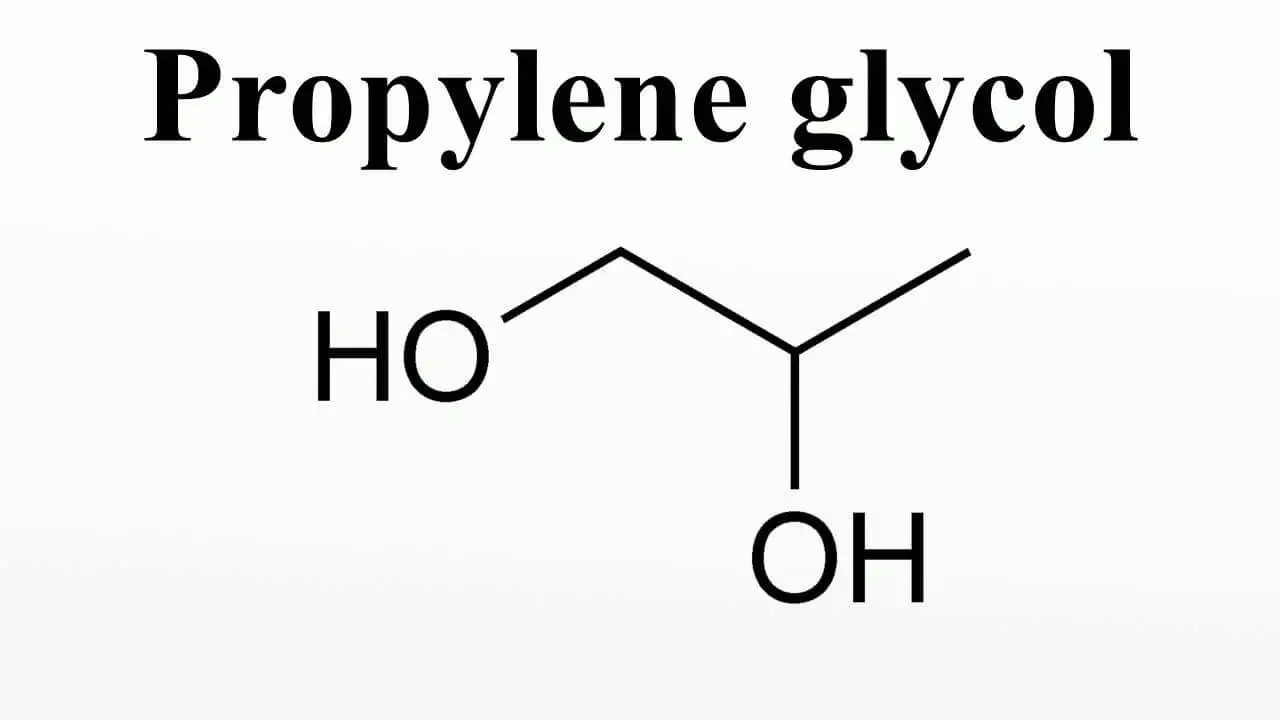Propylene Glycol: Properties, Applications, and Safety Considerations
Propylene glycol (PG) is a versatile and widely used chemical compound with numerous applications in various industries. It is a colorless, odorless liquid with a viscous consistency. In this blog post, we will explore the properties, applications, safety considerations, and regulatory aspects of propylene glycol.
- Understanding Propylene Glycol
- Chemical Properties:
- Composition and Structure: Propylene glycol is a diol compound with the chemical formula C3H8O2. It consists of two hydroxyl groups attached to a three-carbon chain.
- Physical State and Solubility: Propylene glycol is a clear, syrupy liquid that is soluble in water, alcohol, and many organic solvents.
- Production Methods:
- Petrochemical Process: Propylene glycol is primarily produced through the hydrolysis of propylene oxide, a petrochemical intermediate.
- Renewable Sources: Some manufacturers are exploring the use of renewable feedstocks, such as bio-based propylene, to produce propylene glycol in a more sustainable manner.

Internal Audit in the Pharmaceutical Industry
- Applications of Propylene Glycol
- Food and Beverage Industry:
- Food Additive: Propylene glycol is used as a food additive to maintain moisture, improve texture, and act as a solvent for flavors and colors.
- Food Processing Aid: It is utilized in food processing as a heat transfer fluid, allowing for precise temperature control during production.
- Pharmaceuticals and Cosmetics:
- Excipient in Pharmaceuticals: Propylene glycol serves as a pharmaceutical excipient, helping to dissolve and stabilize active ingredients in various formulations.
- Personal Care Products: It is used in cosmetics, skincare, and personal care products as a humectant, solvent, and preservative.
- Industrial Applications:
- Antifreeze and Coolants: Propylene glycol is a key component in antifreeze and coolants, offering low toxicity and providing freeze protection for various systems.
- Chemical Intermediary: It is utilized as a chemical intermediate in the production of resins, polymers, and synthetic fibers.
Safety Considerations and Regulations of Propylene Glycol
- Toxicity and Health Considerations:
- Oral and Dermal Exposure: Propylene glycol has low toxicity levels for both oral and dermal exposure, making it generally safe for use.
- Allergic Reactions: Some individuals may have sensitivities or allergies to propylene glycol, and caution should be exercised when using products containing it.
- Regulatory Compliance:
- Food and Drug Administration (FDA): Propylene glycol has Generally Recognized as Safe (GRAS) status from the FDA for its use in food, cosmetics, and pharmaceuticals.
- Occupational Safety and Health Administration (OSHA): OSHA provides guidelines and regulations for the safe handling and use of propylene glycol in the workplace.
- Recent Developments and Future Trends
- Sustainable Production Methods:
- Bio-Based Propylene Glycol: Manufacturers are exploring the use of renewable feedstocks and bio-based processes to produce propylene glycol, reducing the environmental impact.
- Circular Economy: Efforts are being made to develop recycling and recovery processes for propylene glycol to minimize waste and resource consumption.
- Emerging Applications:
- Energy Storage: Propylene glycol is being investigated for its potential use in energy storage systems, including batteries and supercapacitors.
- Green Solvents: Its low toxicity and solvency properties make propylene glycol a promising alternative to traditional solvents in various industrial applications.
Conclusion
Propylene glycol is a versatile compound that finds applications in a wide range of industries, including food, pharmaceuticals, cosmetics, and industrial sectors. Its unique properties, such as low toxicity, solubility, and stability, make it a preferred choice for many formulations. Understanding the properties, applications, safety considerations, and regulatory aspects of propylene glycol is essential for manufacturers, formulators, and end-users. By adhering to safety guidelines, regulatory requirements, and exploring sustainable production methods, the industry can harness the benefits of propylene glycol while ensuring the well-being of both consumers and the environment. Ongoing research and innovation continue to expand the potential applications of propylene glycol, paving the way for greener and more efficient solutions in various sectors. As the demand for sustainable and high-performance products grows, propylene glycol remains a key ingredient, contributing to the development of safer, more efficient, and environmentally friendly solutions.
